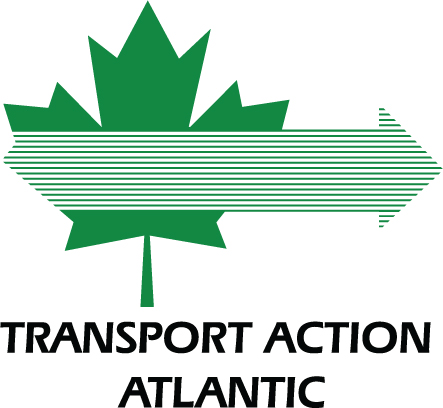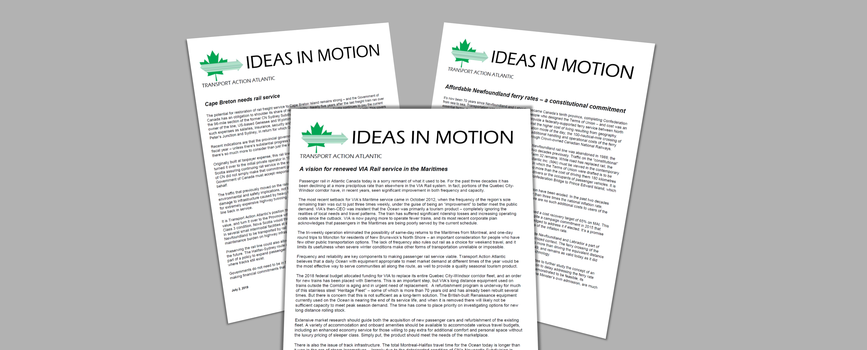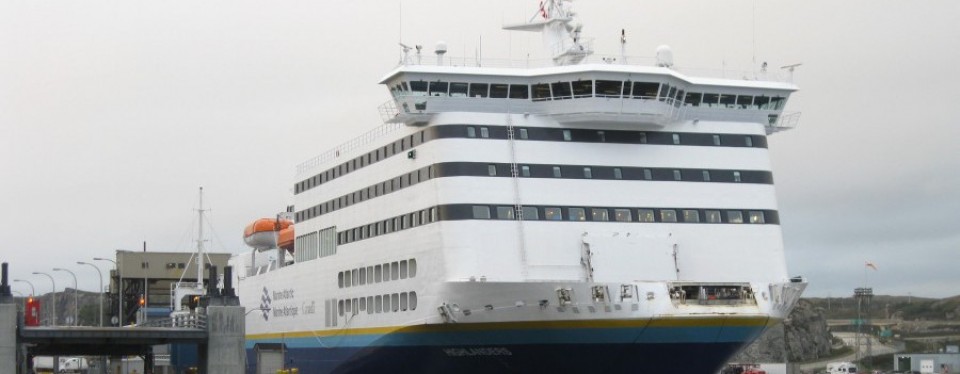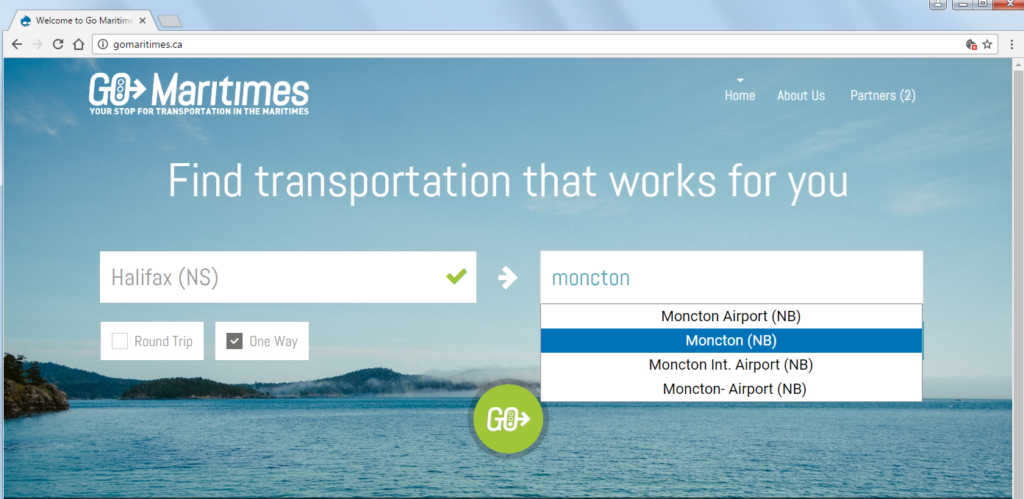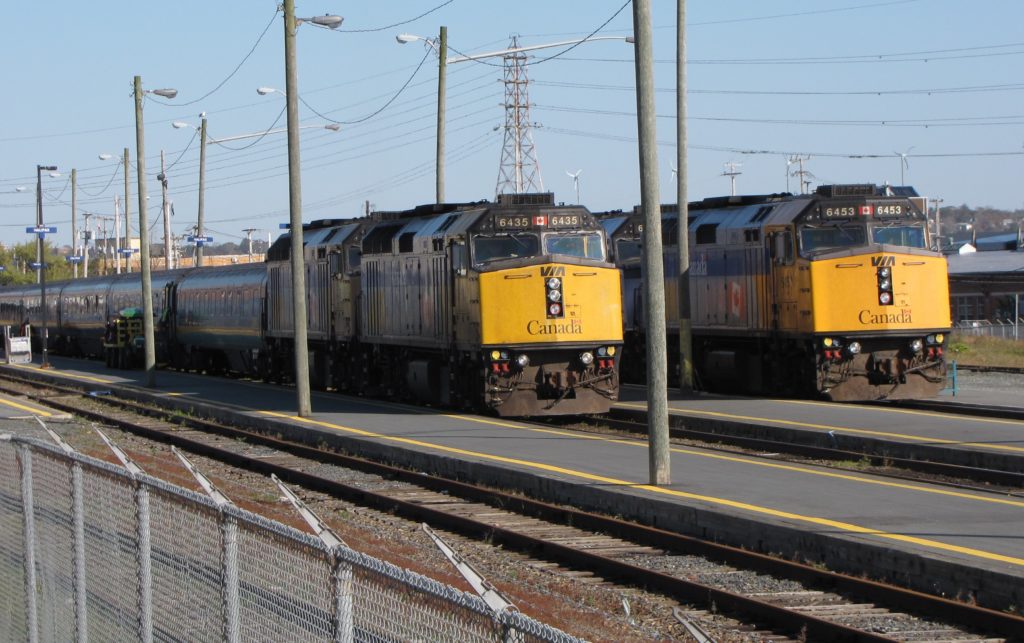
VIA Rail is reporting positive results from the 2016-2017 Christmas/New Year’s holiday season. VIA issued a press release on Jan. 12 claiming “record” results, though it’s admittedly not at all clear what their frame of reference is to declare these records (best numbers ever? In the past decade? In the past 5 years?)
Putting aside the hyperbole, the message is still a positive one. VIA has been promoting their trains as an ideal way to travel at that time of year (in particular), and more people seem to be getting that message.
Overall, VIA reported a 16% system wide increase in passenger totals when compared to last year, and a 20% increase in revenues. Increases in the Corridor were consistent with these numbers (16.8% increase in passengers), while both the Canadian (13.8%) and Ocean (2.7%) saw positive changes as well, and small positive trends (1.1%) were found on other regional services.
Given VIA’s decision to run extra trains on the Ocean over the holidays (3 extra trips in each direction over a 2 week Continue reading “VIA reports positive holiday ridership”
